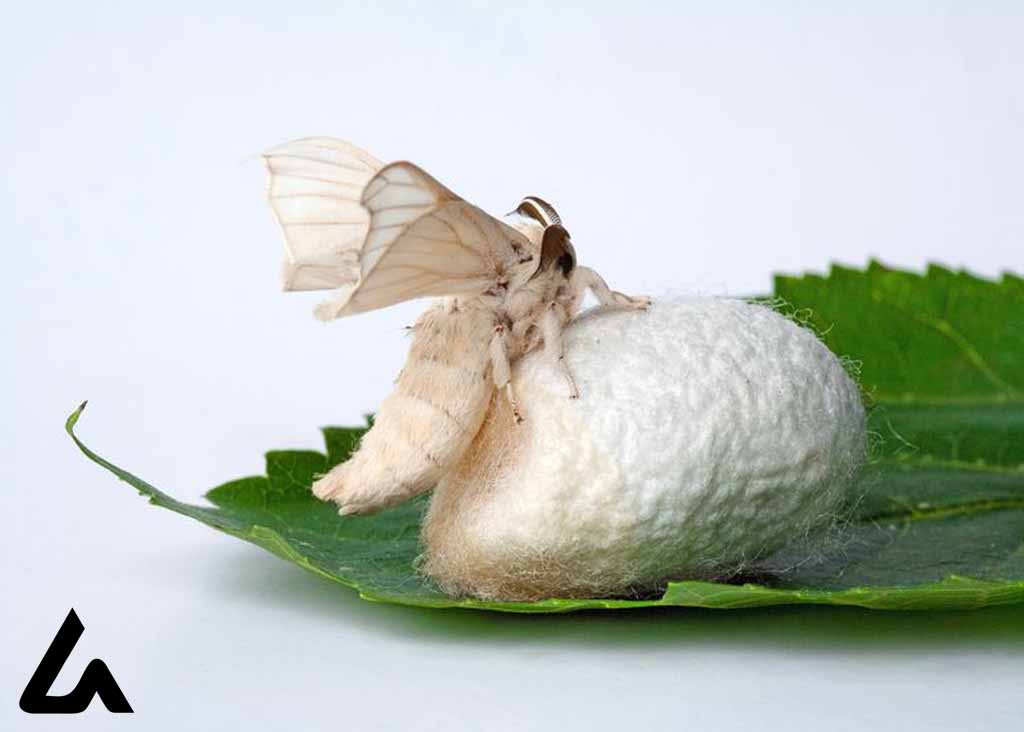Introduction
Do you know; what is sericulture? The production of Silk Fiber is different from that of other natural fibers. Sericulture has a long and colorful history unknown to most people. For more than two thousand years the Chinese kept the secret of silk altogether to themselves. It was the most zealously guarded secret in history.
What is Sericulture?
Sericulture, or silk farming, is the cultivation of silkworms to produce silk. The caterpillars of the domestic silkmoth (also called ‘Bombyx Mori) are the most commonly used silkworm species in sericulture. Other types of silkworms (such as Eri, Muga, and Tasar) are also cultivated for the production of ‘wild silks’.
Sericulture starts by raising silkworms and then processing the fibers they produce. Silk fibers are combined into silk thread. The thread can then be twisted into silk yarn or woven into silk cloth (fabric).
What are the Challenges Faced in Sericulture?
Silk farmers practicing sericulture are met with several challenges that could potentially destroy their harvest. They are also prone to many health hazards. Silkworms are vulnerable to several diseases such as pebrine and flacherie. Also, several pests threaten the healthy growth of silkworm larvae. Some important challenges faced in sericulture are listed below.
- The pebrine disease can infect the eggs, resulting in their death before the hatching of the larvae. Any larvae affected by this disease develop dark spots and become lethargic.
- Viral infections in the larvae may result in the shrinkage of their bodies. They may also start giving off an unpleasant odor.
- Other viral infections such as cytoplasmic polyhedrosis can cause the larvae to lose their appetites.
- The muscardine infection, caused by fungi, can cause the larvae to become extremely feeble and eventually die.
- The larvae of the dermestid beetle can bore into the silkworm cocoons and eat the pupae. Silk cannot be reeled from these damaged cocoons.
- Some mites produce a toxic substance that kills silkworms.
To learn more about sericulture and other related concepts, such as the life cycle of the silkworm, register with BYJU’S and download the mobile application on your smartphone.
SECRET OF SERICULTURE
- The eggs must be kept at 65 degrees F, increasing gradually to 77 degrees at which point they hatch. After the eggs hatch, the baby worms feed day and night every half hour on fresh, hand-picked, and chopped mulberry leaves until they are very fat. Also, a fixed temperature has to be maintained throughout. Thousands of feeding worms are kept on trays that are stacked one on top of another. A roomful of munching worms sounds like heavy rain falling on the roof. The newly hatched silkworm multiplies its weight 10,000 times within a month, changing color and shedding its whitish-gray skin several times.
- The silkworms feed until they have stored up enough energy to enter the cocoon stage. While they are growing they have to be protected from loud noises, drafts, strong smells such as those of fish and meat, and even the odor of sweat. When it is time to build their cocoons, the worms produce a jelly-like substance in their silk glands, which hardens when it comes into contact with air. Silkworms spend three or four days spinning a cocoon around themselves until they look like puffy, white balls.
- After eight or nine days in a warm, dry place the cocoons are ready to be unwound. First, they are steamed or baked to kill the worms or pupas. The cocoons are then dipped into hot water to loosen the tightly woven filaments. These filaments are unwound onto a spool. Each cocoon is made up of a filament between 600 and 900 meters long! Between five and eight of these super-fine filaments are twisted together to make one thread.
- Finally, the silk threads are woven into cloth or used for embroidery work.
Conclusion
Literary sources such as The Book of History and The Book of Rites give further information about sericulture. Reeling silk and spinning were always considered household duties for women, while weaving and embroidery were carried out in workshops as well as the home. In every silk-producing province, the daughters, mothers, and grandmothers of every family devoted a large part of the day for six months in a year to the feeding, tending, and supervision of silkworms and to the unraveling, spinning, weaving, dyeing, and embroidering of silk.
By the fifth century BC, at least six Chinese provinces were producing silk. Each spring, the empress herself inaugurated the silk-raising season, for silk production was the work of women all over China. Anyone who revealed the secrets or smuggled the silkworm eggs or cocoons outside of China would be punished by death.
Follow us on Google News

